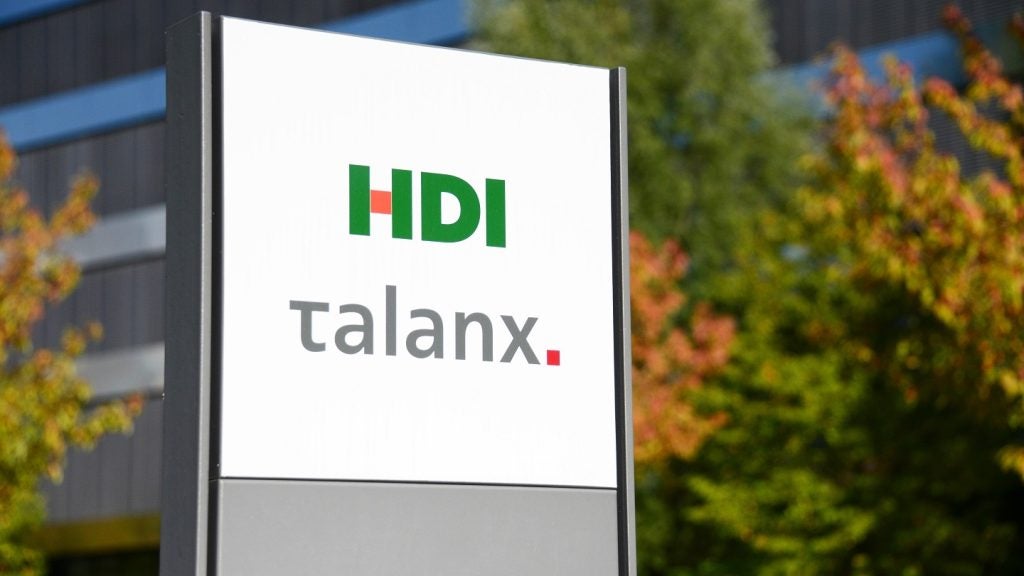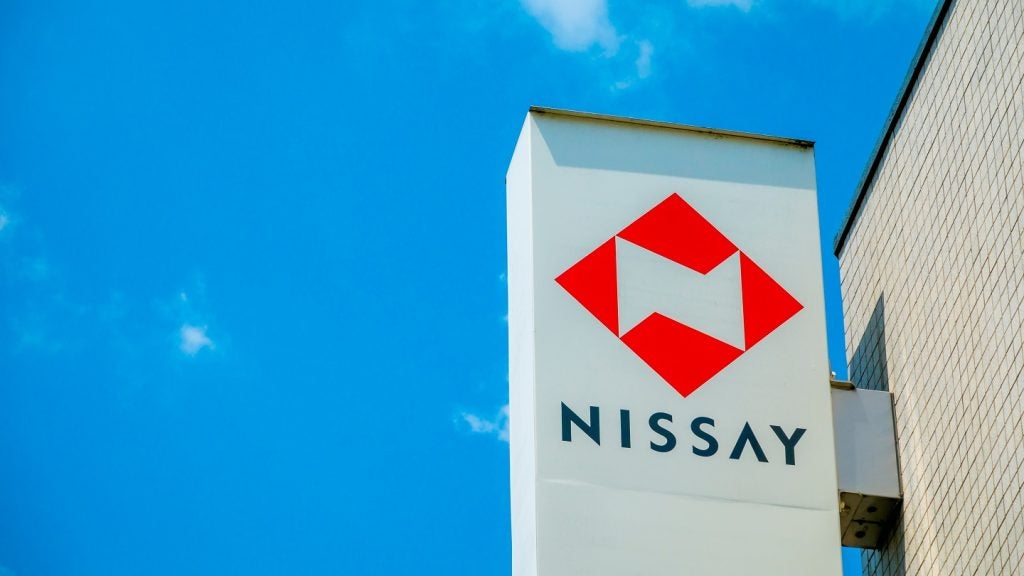
Economic growth and new business generated through e-commerce are expected to power the expansion of the Nordic life insurance markets of Norway, Sweden and Finland to 2018, according to research from Timetric’s Insurance Intelligence Center (IIC).
Norway overview
Norway’s life insurance market has expanded strongly in recent years and economic growth will further support the sector to 2018, according to the Timetric report, Life Insurance in Norway, Key Trends and Opportunities to 2018.
The gross written premium of the Norwegian life market rose from NOK62.8bn ($8bn) in 2009 to NOK81.5bn in 2013. This growth can be attributed to robust growth in the endowment and group superannuation categories.
Looking ahead, the gross written premium of the Norwegian life insurance market is expected to increase from NOK81.5bn in 2013 to NOK99.2bn in 2018.
The key factors expected to drive growth in the Norwegian life market to 2018 include:
- An increase in investment income
- GDP growth
An increase in investment income: The investment income of the Norwegian life insurance segment increased from NOK676.4bn in 2009 to NOK989.8bn in 2013, primarily due to the country’s soaring stock markets.
How well do you really know your competitors?
Access the most comprehensive Company Profiles on the market, powered by GlobalData. Save hours of research. Gain competitive edge.

Thank you!
Your download email will arrive shortly
Not ready to buy yet? Download a free sample
We are confident about the unique quality of our Company Profiles. However, we want you to make the most beneficial decision for your business, so we offer a free sample that you can download by submitting the below form
By GlobalData
GDP growth: GDP at constant prices increased from NOK1.8trn in 2009 to NOK1.9trn in 2013. According to the IMF, Norwegian GDP at constant prices is projected to post a CAGR of 2.5% and will favour the country’s economic growth.
The Norwegian life market also faces some challenges including Solvency II and low interest rates.
The implementation of Solvency II: The implementation of Solvency II in January 2016 will increase the minimum capital requirement, and it will be determined by the line of business. The huge amount of capital restricts the entry of small and small-scale insurers into the industry.
Low interest rates: The current interest rate in Norway is 1.25% as of 9 June 2015. The low benchmark interest rate influences the insurance industry and will affect the earnings of life insurers over the forecast period.
Distribution
Emerging competition in the Norwegian life segment has forced insur¬ers to look up alternative methods to drive sales and customer convenience, while keeping costs low and maintaining profitability. These factors have led to the emergence of other distribution channels such as call centres, mobile and ecommerce.
Bancassurance was the most popular and widely used distribution channel in the life insurance segment in 2013.
The number of policies sold through bancassurance increased during from 312,540 in 2009 to 342,686 in 2013.
Meanwhile, the policies sold by the agencies channel grew from 140,001 in 2009 to 164,661 in 2013. This number is expected to reach 213,375 in 2018.
E-commerce was the fastest-growing distribution channel during 2009-2013. The number of policies sold online increased from 15,528 in 2009 to 19,818 in 2013.
This was made possible by the country’s internet connectivity. Over 95% of the population owns a mobile phone, enabling insurers to reach potential consumers through e-commerce. The number of poli¬cies sold online is expected to reach 27,025 in 2018.
In terms of distribution, Jørund Vandvik, head of Nordea Life & Pensions Norway, says bancassurance will be the main trend in the Norwegian life insurance market.
Vandvik says the distribution of banking products is changing in itself, so bancssurance models need to change in parallel with these changes.
He adds that digital channels including mobile solutions already have a high penetration in Norway. “This trend will continue. Straight through processing and automated service processes will continue to be developed for all products,” says Vandvik.
Asked what new products and services Nordea Life & Pensions, Norway is working on for the Norwegian life insurance market, Vandvik says Nordea Life and Pension Norway has been highly successful in bancssurance and simplified straight through processing, and is now the leading provider of unit linked products.
Vandvik says Nordea Life and Pensions Norway will also continue to develop wrappers around new investment offerings based on a unit linked endowment platform.
In terms of the main challenges facing the Norwegian life insurance sector over the next two to three years, Oliver Siem, director of finance at KLP, says: “The main focus has been to adopt our operations to Solvency II. The company is well prepared for the new reporting. For other Norwegian life insurance companies we assume operating in a low interest rate environment poses a significant challenge.”
On the topic of Solvency II, Bengt Olav Lund, vice president, pen¬sions at DNB Bank, says the largest Norwegian life insurance companies have sizeable portfolios of products with guaranteed rates of return and life-long payments.
Lund explains that once Solvency II is introduced in 2016, these products will require more capital, based on the current interest rate level, than under the current Solvency rules.
“Just like other market participants offering guaranteed-rate products, Norwegian life insurance companies will have to adjust its asset allocation to reduce the duration gap between investments and liabilities. This is challenging in a market with low interest rates and limited access to long-duration fixed-income securities,” says Lund.
Sweden overview
With economic improvements anticipated over the forecast period, the Swedish life segment’s gross written premium is expected to increase from SEK216.1bn ($25.97bn) in 2013 to SEK281.9bn in 2018, according to Life Insurance in Sweden, Key Trends and Opportunities to 2018, which is available at the IIC.
Based on the IIC report, looking ahead to 2018, the key drivers for the Swedish life insurance market include:
- Economic growth
- Changing demographics
- Rising number of internet subscribers
Economic growth: Sweden’s national disposable income rose from SEK3.1trn in 2009 to SEK3.7trn in 2013.
This was primarily due to rising employment opportunities, as the unemployment rate fell from 8.4% in 2009 to 8% in 2013. Higher disposable incomes will also increase the size of Sweden’s middle classes.
Changing demographics: Sweden’s aging population was a significant driver of the life segment during the review period, a trend that is expected to continue over the forecast period.
In 2013, there were 1.87m people over the age of 65 in Sweden, comprising 20.5% of the population and an important customer base for life insurers in the country. This figure is expected to reach 2.01 million in 2018, representing 21.9% of the overall population.
Rising number of internet subscribers: Internet penetration in Swe¬den stood at 94.8% by the end of 2013, and according to the IIC report, Sweden had the highest rate of internet penetration in the EU, followed by Denmark, the Netherlands and Luxembourg.
Most Swedish life insurers therefore use e-commerce aggressively. In June 2014, for example, Lansforsakringar Fondliv Forsakringsaktiebolag developed an app to enable smartphone users to manage bank¬ing, pension and insurance.
Similarly, in November 2013, KPA Pension AB invested SEK30m in two interactive websites related to pension information: kpa.se and My pages.
Like Norway, a major challenge for Sweden’s life market is Solvency II as the enhanced capital requirements will pose a challenge for Swedish life insurers between 2013 and 2018, forcing financially weak and small insurers to merge with large insurers to meet new capital requirement standards.
Distribution
Brokers are the main distribution channel for Swedish life insurers and the new business gross written premium generated through this channel increased from SEK12.8bn in 2009 to SEK13.4bn in 2013. It is expected to grow at CAGR of 6.1% over the forecast period to reach a value of SEK18bn by 2018.
Brokers accounted for 28.5% of new business gross written premium in 2013, which is expected to decrease marginally to 27.4% by 2018 due to competition from other distribution channels such as e-commerce and direct marketing.
Brokers were followed by the e-commerce channel, which accounted for 28.3% of the new business gross written premium in 2013.
The channel’s success was primarily due to high internet penetration, which stood at 94.8% of the population in 2013.
Sales through e-commerce were mainly generated on insurer websites, while online aggregators such as price comparison websites accounted for a relatively smaller share.
When purchasing life products, Swedes value the trust placed in specific life insurers and their existing relationships with them.
This, coupled with relatively low associated costs, helped the direct marketing channel record an 18.1% share of the segment’s gross written premium from new business in 2013, increasing from SEK6.6bn in 2009 to SEK8.5bn in 2013.
Staffan Ström, head of information at Alecta, a mutual life insurer in Sweden, tells Life Insurance International the low interest rate environment is challenging for the industry and lower returns can be expected in the future.
Looking ahead, Ström says the development of easy-to-use self-ser¬vice functionality will continue and Alecta expects to see a continued increased use of Minpension.se, a website where the insured can get an overview of their pension savings and also make projections using different assumptions.
Finland overview
Finland’s life segment is well developed, and its penetration rate stood at 9.3% in 2013, according to Life Insurance in Finland, Key Trends and Opportunities to 2018, which is available at the Insurance Intel¬ligence Center (IIC).
The IIC report explains that the Finnish life segment’s gross written premium is expected to increase from EUR18bn ($20.2bn) in 2013 to EUR24.3bn in 2018, at a projected CAGR of 6.2%.
Looking ahead to 2018, the main factors expected to drive the growth of the Finnish life insurance market include:
- Growth of unit-linked insurance products
- High internet penetration
- Mandatory insurance policies in the country
Growth of unit-linked insurance products: Finnish life insurers are heavily dependent on equity investments, and insurers are investing in the equity markets as a result of subdued interest rates on government bonds.
Customers are also able to obtain high returns on unit-linked insur¬ance policies, which is encouraging insurers to sell unit-linked products: the number of unit-linked insurance policies grew from 0.7m in 2009 to 1m in 2013.
High internet penetration: Finland had a high internet penetration rate of 92.6% in 2013. E-commerce provides consumers with easy access products and comparison tools, which has led to an increase in competition among insurers with in terms of services and pricing.
Mandatory insurance policies in the country: As a part of social security measures, the Finnish government has made various life policies mandatory.
Earnings-related pensions (TYEL) are for private employees, with funds contributed by both employers and employees. Group life insurance is also be contributed to by employers. These mandatory policies are expected to drive the life segment over2 013 and 2018.
Distribution
The distribution network for life insurance products in Finland pri¬marily comprises bancassurance, direct marketing, insurance brokers and agencies.
With its strong network, bancassurance was the dominant channel in the life segment: bancassurance accounted for 51.3% of new business gross written premium in 2013. The value of new business gross written premium increased from EUR629.9m in 2009 to EUR728.5m in 2013.
Bancassurance was followed by the direct marketing channel in terms of new business gross written premium in 2013.
Companies sold life insurance products by increasing the number of direct marketing distributors: the number of direct marketing channels in Finland rose from 5,869 in 2009 to 6,336 in 2013.
Direct marketing’s new business gross written premium rose from 410.2m in 2009 to 454m in 2013.
Brokers accounted for 8% of the segment’s new business gross writ¬ten premium in 2013.
Over 2013 and 2018, the new business gross written premium through brokers is expected to register a CAGR of 4.8%, maintaining its share at 8% in 2018.
Between 2013 and 2018, the new business gross written premium generated through e-commerce is expected to record a compound annual growth rate (CAGR) of 4.6%, the strong-est growth among all distribution channels, maintaining its share of 1.5% in 2018.
Commenting on the Finnish life insurance market, Jarmo Kuisma, CEO at OP Life, says: “In Finland our key products are unit link-saving (endowment) and risk-insurance for death and for loans.”He adds: “We wish that the new government will support private pension savings by increasing possibilities for new ways of savings.”Asked what digital innovations he expects to see in the Finnish life insurance market, Kuisma says: “We are very sure that the digitalization will reform the whole financial business in Finland including the life insurance business.”
In Kuisma’s view, digitalization offers a big opportunity to grow business, but it is also a challenge for a traditional life insurer because it involves succeeding in a new business area.







